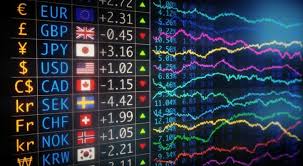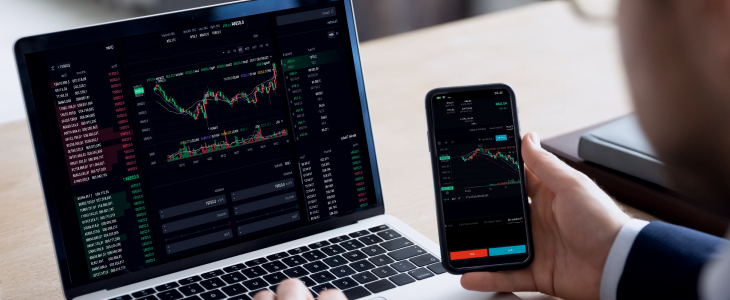Comprehensive Guide to Forex Trading Indicators 1712058125

In the world of forex trading, understanding market dynamics is crucial for success. Forex trading indicators play a pivotal role in helping traders make informed decisions. These indicators analyze market trends, provide valuable insights, and improve trading strategies. If you’re looking to enhance your trading skills, familiarize yourself with the best forex indicators. You can find valuable resources at forex trading indicators onlinetrading-cm.com.
What are Forex Trading Indicators?
Forex trading indicators are mathematical calculations based on a currency pair’s price, volume, or open interest. Traders use these indicators to identify potential buy and sell opportunities in the market. Indicators can provide insights into market trends, momentum, volatility, and market strength. They are essential tools that simplify data analysis and help traders make better predictions based on historical price movements.
Types of Forex Trading Indicators
Forex trading indicators are broadly classified into several categories, each serving unique purposes:
1. Trend Indicators
Trend indicators help traders identify the direction of the market. They provide signals on whether the market is in an uptrend, downtrend, or sideways movement. Common trend indicators include:
- Moving Averages (MA): The SMA (Simple Moving Average) and EMA (Exponential Moving Average) help to smooth out price data and identify trends over specific periods.
- Average Directional Index (ADX): This indicator measures the strength of a trend, indicating whether the trend is strong or weak.
2. Momentum Indicators

Momentum indicators measure the speed or rate of price changes. They help traders identify potential reversals and confirm ongoing trends. Popular momentum indicators include:
- Relative Strength Index (RSI): The RSI indicates overbought or oversold conditions, helping users determine potential market corrections.
- Stochastic Oscillator: This indicator compares a particular closing price of a currency pair to a range of its prices over a defined period, assisting traders in identifying momentum shifts.
3. Volatility Indicators
Volatility indicators measure the extent of price fluctuations in the forex market. They assist traders in gauging market risk and making informed decisions about position sizing. Key volatility indicators include:
- Bollinger Bands: This indicator consists of a middle band (SMA) and two outer bands that are standard deviations away from the SMA. It helps traders determine overbought or oversold conditions.
- Average True Range (ATR): ATR indicates the average range of price movement over a set period, helping traders assess volatility.
4. Volume Indicators
Volume indicators analyze the number of shares or contracts traded in a specific period to assess the strength of price movements. Some well-known volume indicators are:
- On-Balance Volume (OBV): OBV uses volume flow to predict changes in stock price, aiming to confirm trends.
- Chaikin Money Flow (CMF): This indicator combines price and volume data, offering insights about the buying and selling pressure of a currency pair.
How to Use Forex Indicators Effectively
To utilize forex trading indicators effectively, traders should consider the following best practices:

1. Combine Indicators
Relying on a single indicator may not provide a complete picture. Use a combination of trend, momentum, and volatility indicators to cross-confirm signals and enhance decision-making.
2. Set Clear Entry and Exit Points
Establish clear entry and exit points based on indicators to minimize emotional trading. A well-defined trading plan can help you stick to your strategy, even in volatile situations.
3. Backtest Strategies
Backtesting involves applying your trading strategy using historical data to evaluate its effectiveness. This practice can help you identify which indicators work best for your trading style and financial goals.
4. Stay Informed
The forex market is influenced by various factors including economic reports, geopolitical developments, and market news. Stay updated on news that might affect the currency pairs you’re trading, as these events can impact indicator signals.
Conclusion
Forex trading indicators are indispensable tools for both novice and experienced traders. They provide insights that can enhance trading strategies and improve overall performance. By understanding the different types of indicators available and how to use them effectively, you can increase your chances of success in the forex market. Dedicate time to learning about these indicators, backtest your strategies, and remain informed about market conditions. With the right approach, you can leverage forex trading indicators to make informed decisions and enhance your trading experiences.
